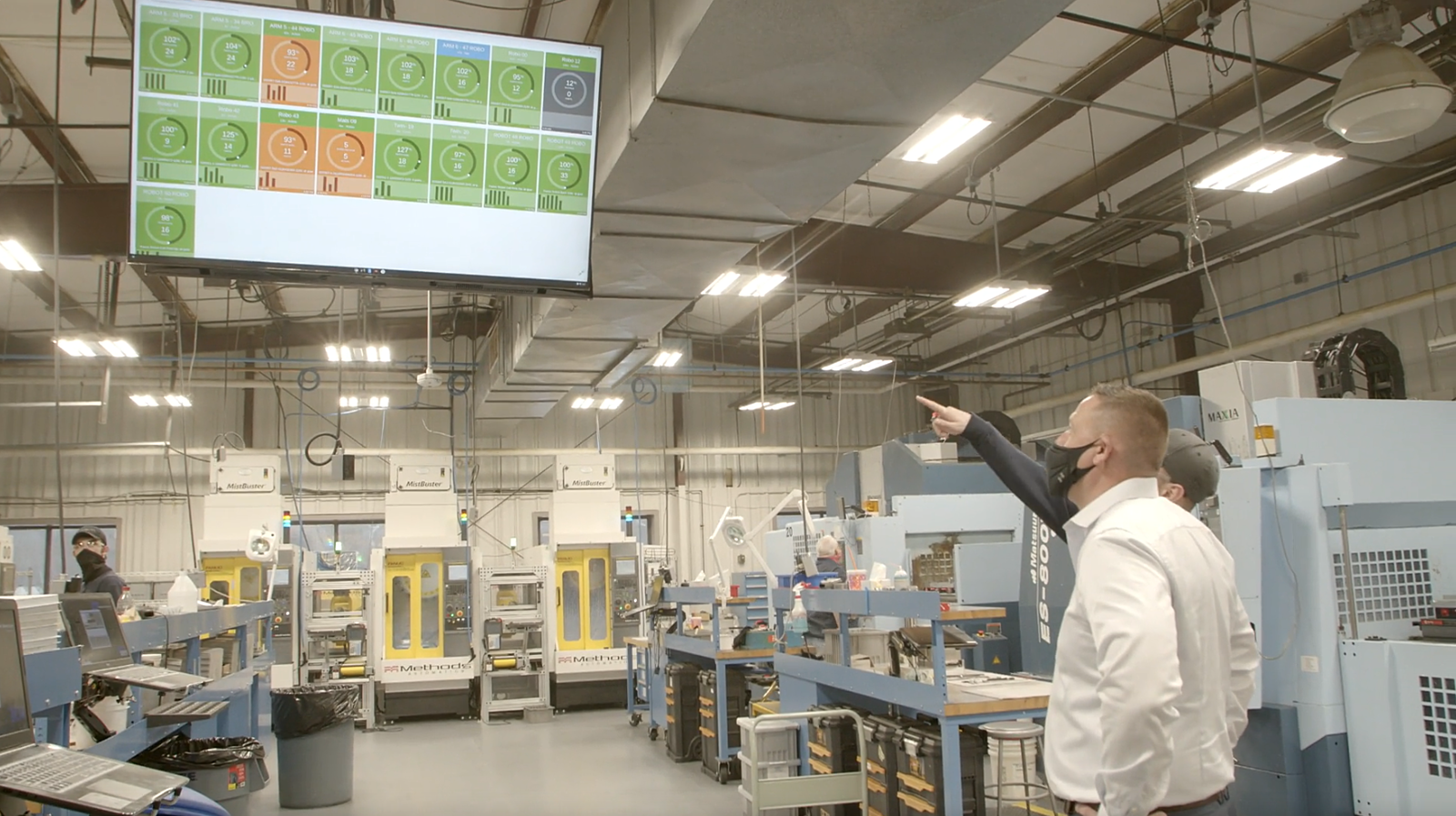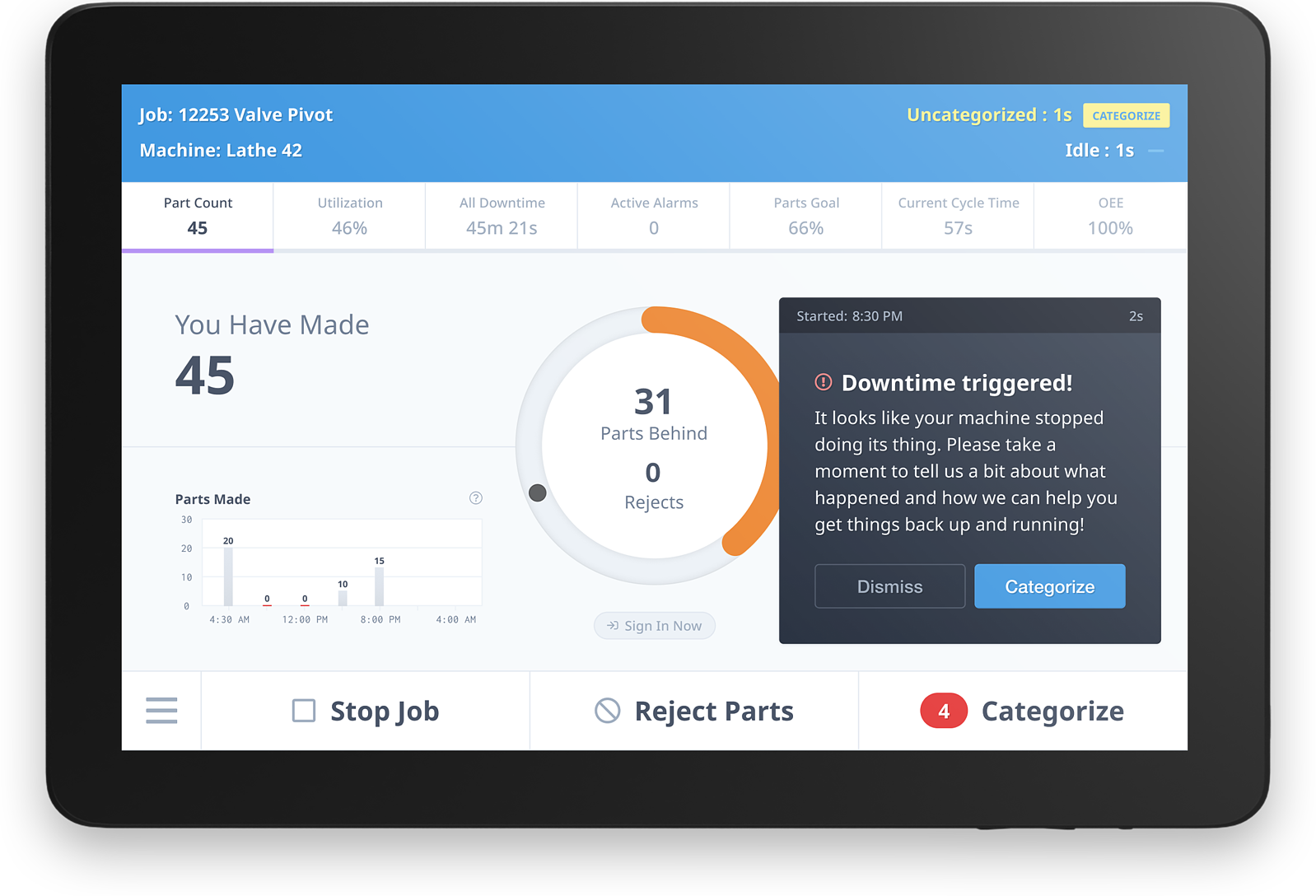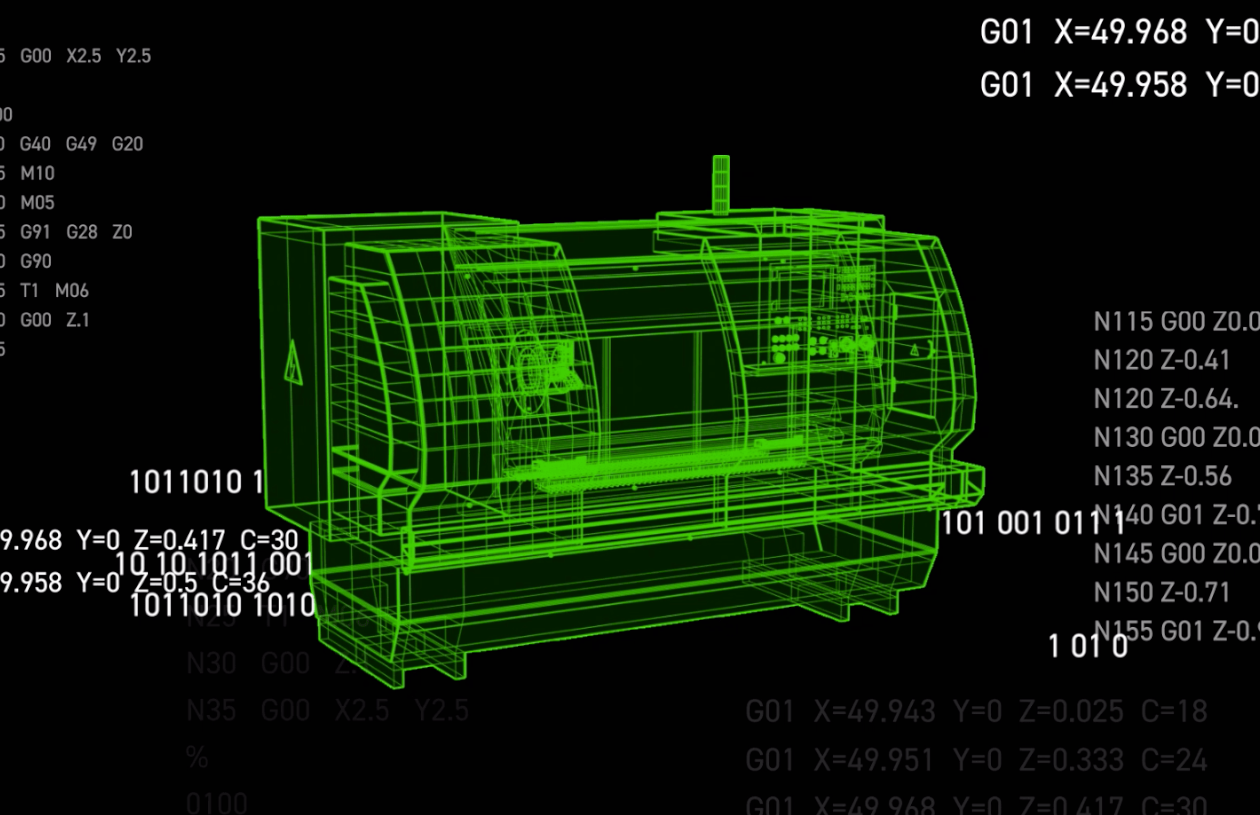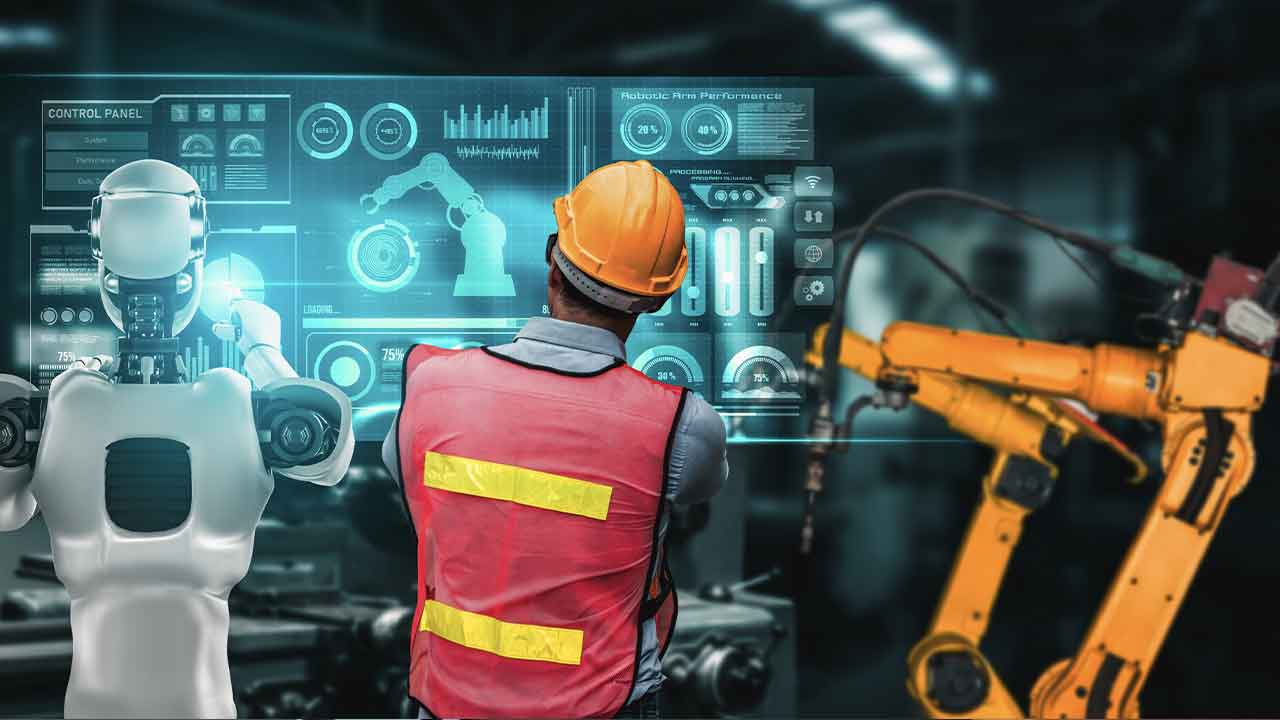Manufacturing Analytics: What it is and top use cases
With the arrival of Industry 4.0 and the Industrial Internet of Things (IIoT), a digital transformation is currently underway. The manufacturing industry is beginning to use industrial analytics driven by real-time production data, not only to make better, faster decisions, but also to enable automation across the organization making data analysis in manufacturing an important element.
Equipment connected through sensors and edge devices feeds massive volumes of data to cloud-based analytics platforms that can analyze and understand data faster than human perception. This data can then be used to drive real-time decision-making and significant process improvement throughout the company.
This article will explain what manufacturing analytics is and list use cases for consideration. It will also explain the benefits and goals of data analysis in manufacturing and how this can be applied in any shop floor or factory.
What is Manufacturing Analytics?
Manufacturing analytics is the use of machine, operational, and system data to manage and optimize production, including key functions such as maintenance, quality, and planning. With accurate and real-time data, manufacturers can make better, faster decisions.
Manufacturers have used data analysis to improve efficiency and advance their market share for many years. But the most significant change today is how data is collected. Many companies still use fragmented, traditional methods for data capture, with staff manually checking and recording factors, filling forms, and writing down operation and maintenance histories for the machines on the floor. Unfortunately, these methods are highly inaccurate due to human errors. They are also time-consuming, open to bias, and do not generate the quality of analysis required for accurate decision-making.
But with digital transformation underway across manufacturing, connected devices can reduce labor associated with manual data collection and documentation. And because this technology and software utilize advanced analytics and algorithms, the insights derived are real-time and much more actionable.
Automated machine data collection is driving the next generation of manufacturing analytics, unlocking a myriad of advanced analytics use cases in manufacturing that range from simple monitoring and diagnosis to predictive maintenance and process automation. Find out more about the right representation of Digital Twins for Data Analytics.
In manufacturing analytics, data capture that records events can be leveraged to increase equipment utilization, reduce cost, drive process improvement, reduce human-based errors, and do so at a depth that reveals accurate machine conditions and trends in production.

Top Use Cases for Manufacturing Analytics
Real-time production data is changing the manufacturing industry dramatically. Let’s consider several manufacturing analytics use cases that real-time machine connectivity has made possible in manufacturing:
Fault Prediction and Preventive Maintenance
Preventive maintenance programs have been around manufacturing for decades. The idea is that through use-based or time-based programs, unplanned breakdowns are less likely to occur. By applying analytics, real-time data can be leveraged to do more than prevent breakdowns.
It can predict with high accuracy the likelihood of a breakdown and the moment it will occur. This reduces costs by allowing technicians to perform repairs at the machine’s optimal time and stage parts. This reduces overall downtime and increases productivity.
Learn more about predictive analytics in manufacturing.

Demand Forecasting and Inventory Management
Demand forecasting is critical for modern manufacturers and having complete control of the supply chain allows better inventory control.
But demand planning can be complex. With the addition of data science methods, end-to-end control of the supply chain can be used in conjunction with real-time shop floor data to better manage purchasing, inventory control, and transportation. Highly accurate demand plans can be generated that identify trends that would otherwise go unnoticed. Find out about the role of Industrial Engineering in Data Science.
More Manufacturing Trends 2022
With a better understanding of how long it takes to make parts, how long job runs will take, and the expected costs and profit of a given job, manufacturers can better estimate their need for material to improve planning.
Price Optimization
Cycle times play a major role in pricing. And knowing precise times for part creation and the associated costs allows for accurate cost models and optimized pricing strategies. Setting them too low reduces profitability while setting them too high may impact demand. An advanced analytics platform for manufacturing can bring this data forward to ensure prices are set appropriately. MachineMetrics can help manufacturers optimize their job standards to ensure accurate cycle times.
Warranty Analysis
For many manufacturers, warranty support can be a drain. Often, warranties consist of a “one-size-fits-all” approach that’s more general. This allows uncertainty and unexpected problems into the equation.
By applying data science in manufacturing and capturing information from active warranties in the field, products can be improved or changed to reduce failure and therefore cost. It can also lead to more informed iterations for new lines of products to proactively avoid field complaints.
Robotization
The evolution of AI and advanced machine learning algorithms have made the rise of robotics all but inevitable. And as these robots improve, the data they supply in the execution of their duties will increase.
By including this data within a powerful cloud-based manufacturing analytics platform, quality can be controlled at the micro-level. Robotics evolution will also lead to improved machine construction from OEM machine builders.
Product Development
One costly process in manufacturing is product development. To stay competitive, companies must pay for R&D to create new product lines, improve existing models, and develop new value-added services.
Previously, this was done through excessive iterative modeling to arrive at the best product. But now, data science and advanced manufacturing analytics make it possible for much of this process to be simulated. Using “digital twins” in manufacturing and other modeling methods, real-world conditions can be generated virtually to predict performance and reduce R&D costs.
Computer Vision Applications
Automated quality control has come a long way. It’s evolved from trip sensors, drop wires, and other mechanical devices to a highly sophisticated collection of advanced optical devices. By tying these devices into data collection, sensors can add data to the stream through optics, temperature, and advanced vision applications such as thermal and infrared detection to accurately control stops. This also allows for higher speeds, lower labor, and the holy grail of any factory – “lights out” manufacturing.

Managing Supply Chain Risk
Like the data coming from production machines, data can also be captured from materials in transit and transmitted directly from vendor equipment to the software platform to help provide end-to-end visibility in the supply chain.
Using manufacturing analytics, companies can manage their supply chains in a “control tower” format, directing and redirecting resources to speed up or slow down. They can also order backup supplies and buffer stocks when new demand is sensed and trigger secondary vendors when disruption occurs.
Read more about the Benefits of Manufacturing Analytics, Goals of Manufacturing Analytics and how to select the right solutions here.
About the author
 This article was written by Bill Bither. Bill is an experienced software entrepreneur, and the founder of Atalasoft, an enterprise software company that sold to Kofax (now Lexmark). Prior to Atalasoft he worked in aerospace manufacturing.
This article was written by Bill Bither. Bill is an experienced software entrepreneur, and the founder of Atalasoft, an enterprise software company that sold to Kofax (now Lexmark). Prior to Atalasoft he worked in aerospace manufacturing.



